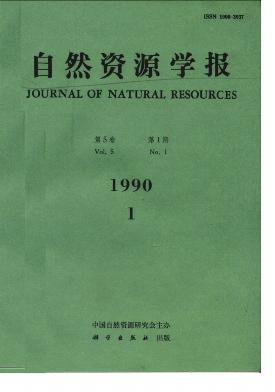Special Column:Celebration of the 70th Anniversary of IGSNRR, CAS
Lin Wenpan, He Fanneng
This paper elaborates the functions of sweet water lakes in China. These include regulating the river flow, generating electricity, irrigation, and shipping. Taking the Dong Ping Lake as an example, the paper also discusses systematically the charateristics of the sweet-water labe resource (natural environment, physical and chemical properties, fish habitat, tourism environment) and their exbloitation situation. The Dong Ping Leke is divided into three levels. The habitat and ecosystemastic charateristics of each level are analysed seperately.The main problems of the sweet water lakes in China are: the shortage of water resources flowing into the lakes, the pollution by industrial effluent, the impediment to passages between rivers and lakes caused by hydraulic structures, the siltation due to flood detention, and so on. All these result in the deterioration of water habitat, the extinction of migratory species, the shrinkage of lake's body, etc.At last, the paper sets forward some countermeasures for tapping and administrating the Dong Ping Lake. These include designing a drainage plan for tapping the aquatidrresoures in the lake, enhancing soil and water conservation in the drainage basin, cleaning the silt on the bottom of the lake in a planned way, dredging the passage between the lake and the river, setting up more fishways, working out a project of water transport and irrigation worts which will benefit the habitats of aquatic animals and aquatic plants, designing an effecient scheme for exploiting the stagnant water resource, and so on.
